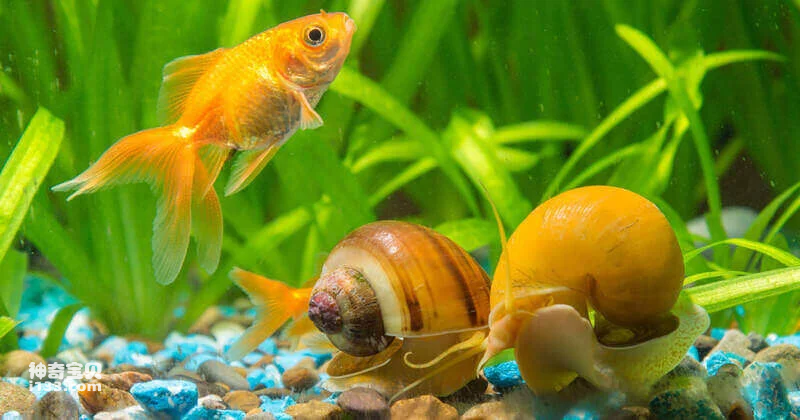Water snails can help purify water to a certain extent, but their effects are limited. Here is a detailed introduction to how water snails participate in water purification:

Algae Feeders:
Water snails are algae feeders that feed primarily on algae and organic waste in the water. By feeding on algae, water snails help control algae populations and maintain the balance of algae in the water.
Ecosystem Impact:
Water snails help maintain the ecological balance of various organisms in the water body by controlling the growth of algae. Overgrowth of algae can lead to eutrophication and oxygen depletion of water bodies, and water snails can help alleviate this problem.
Benthic species:
Water snails are usually benthic organisms. They crawl slowly on the bottom of the water, looking for and eating humus and organic debris at the bottom, helping to degrade organic waste in the water body.
Quantitative restrictions:
The number and food intake of water snails are limited, so their purification effect on water quality is also limited, especially when it is polluted by the external environment or eutrophication is severe.
Water quality improvement indicators:
Although water snails cannot completely improve water quality on their own, their presence in the ecosystem can be used as an indicator to reflect changes in certain ecological factors in the water body and indirectly reflect the improvement of water quality.
Although water snails can help purify water quality to a certain extent, to comprehensively improve the quality of water bodies, it is necessary to comprehensively consider other biological and environmental factors and adopt comprehensive water quality management measures, such as reducing pollutant emissions, restoring wetlands, and protecting water conservation areas. and other measures.
animal tags: snails
We created this article in conjunction with AI technology, then made sure it was fact-checked and edited by a Animals Top editor.